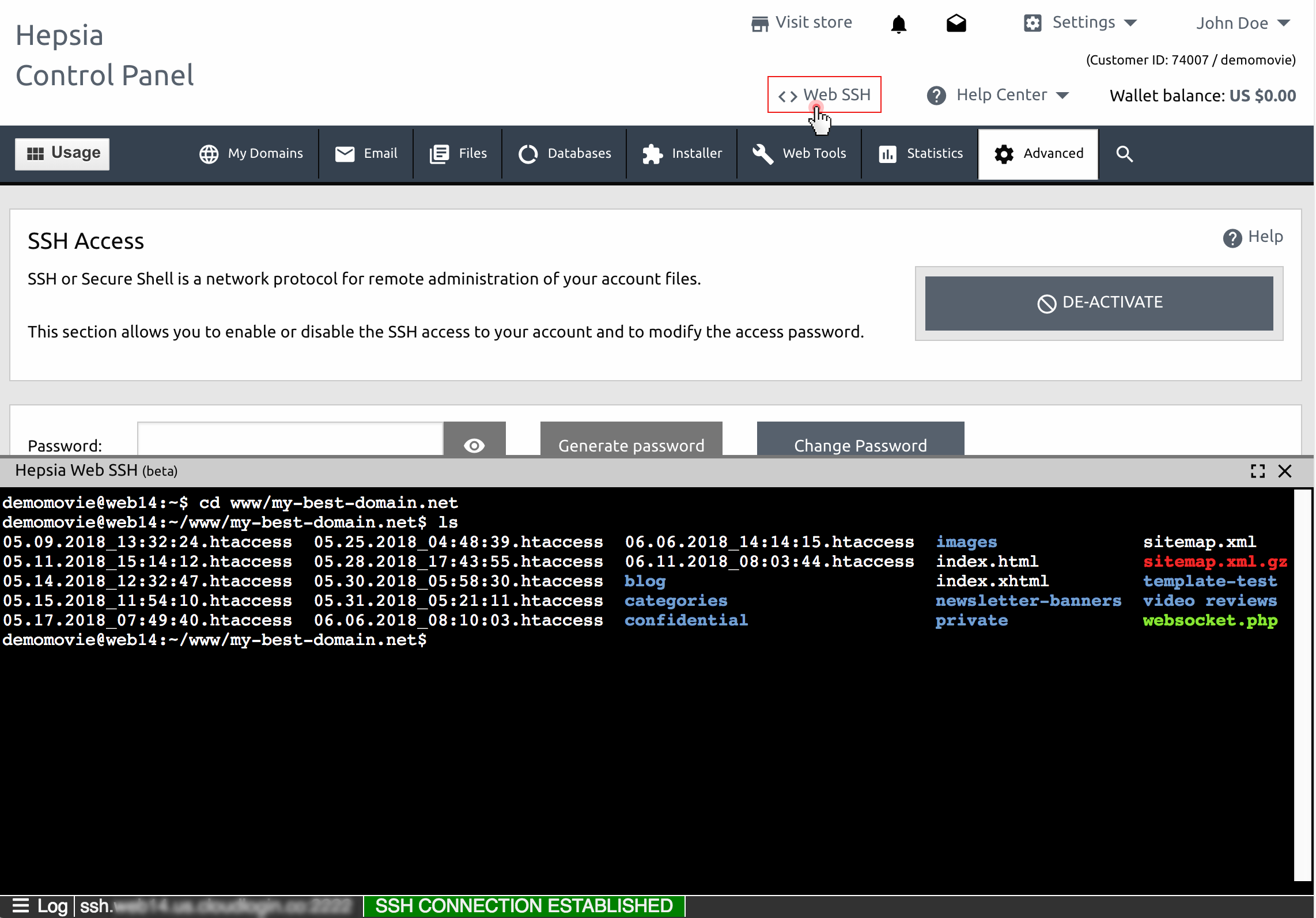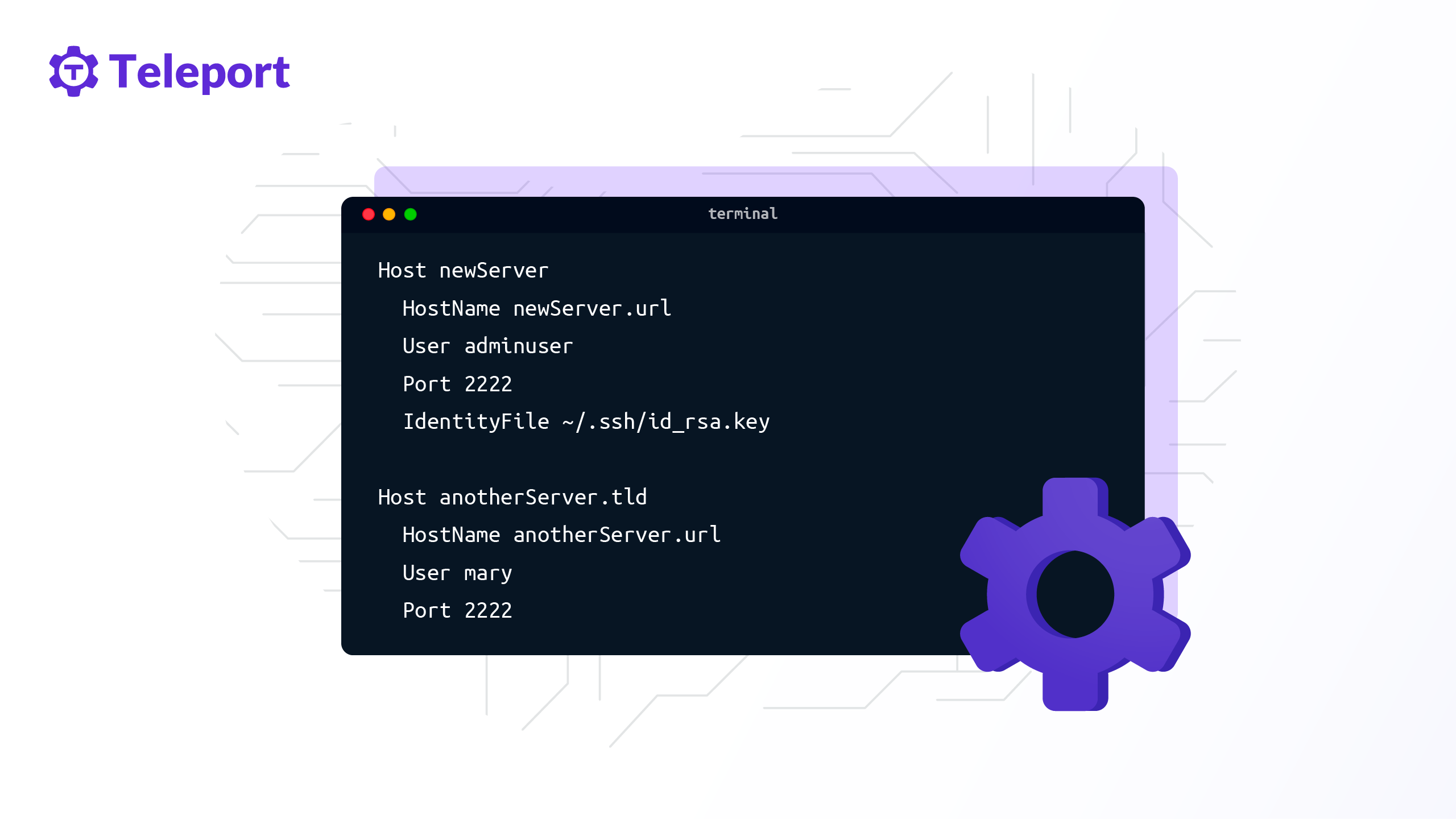Hey there, tech enthusiasts! If you've ever wondered how to remotely access your IoT devices securely, you're in the right place. RemoteIoT web SSH example is your ticket to understanding the ins and outs of this powerful technology. In today’s fast-paced world, having the ability to control and manage devices from anywhere is not just convenient—it’s essential. So, buckle up and let’s dive into the fascinating world of remote IoT access!
Nowadays, the demand for remote access solutions is skyrocketing. Whether you're a developer, network admin, or just someone who loves tinkering with gadgets, understanding remote IoT web SSH is a game-changer. This guide will walk you through everything you need to know, from the basics to advanced configurations, so you can confidently set up and manage your IoT devices remotely.
Before we get into the nitty-gritty, let me assure you that this isn’t going to be a boring tech manual. We’ll keep things casual, conversational, and packed with practical tips. By the end of this article, you’ll have all the knowledge you need to implement secure remote IoT access using web SSH. Ready? Let’s go!
Read also:Lauren Compton Exhusband The Untold Story You Need To Know
What Exactly is RemoteIoT Web SSH?
Alright, let’s break it down. RemoteIoT web SSH is essentially a method that allows you to securely connect to your IoT devices over the internet using SSH (Secure Shell) protocol. Think of it as a digital key that lets you unlock and control your devices from anywhere in the world. Pretty cool, right?
The beauty of web SSH is that it eliminates the need for physical access or complex setups. You can manage your devices through a web browser, making it super convenient for both beginners and pros. Plus, it’s incredibly secure, thanks to encryption and authentication mechanisms.
Why Use RemoteIoT Web SSH?
Here’s the deal: IoT devices are everywhere, from smart homes to industrial systems. Managing them remotely saves time, reduces costs, and increases efficiency. Web SSH offers several advantages:
- Security: SSH encrypts all data transmitted between your device and the server, ensuring no one can snoop on your activities.
- Accessibility: You can access your devices from any device with a web browser, as long as you have an internet connection.
- Scalability: Whether you’re managing one device or a hundred, web SSH can handle it all.
- Convenience: No need to install additional software; everything happens through your browser.
Setting Up RemoteIoT Web SSH: A Step-by-Step Guide
Setting up remote IoT web SSH might sound intimidating, but it’s actually pretty straightforward. Follow these steps, and you’ll be up and running in no time.
Step 1: Install SSH Server on Your IoT Device
First things first, your IoT device needs to have an SSH server installed. Most Linux-based devices already come with SSH pre-installed, but if not, you can easily add it. For example, on a Raspberry Pi, you can enable SSH by running:
sudo systemctl enable ssh
Read also:Josh Brolin Mom A Deep Dive Into The Life Of Cynthia Smith And Her Impact On Hollywood
And then start the service:
sudo systemctl start ssh
Step 2: Configure Port Forwarding on Your Router
Port forwarding allows external devices to connect to your IoT device’s SSH server. Log in to your router’s admin panel and set up port forwarding for port 22 (default SSH port). Make sure to note your public IP address, as you’ll need it later.
Step 3: Use a Web SSH Client
Now comes the fun part. There are several web SSH clients you can use to connect to your IoT device. Some popular ones include:
- Termius
- WebSSH2
- Gate One
These clients let you connect via a web browser, making the process seamless and hassle-free.
Best Practices for Secure RemoteIoT Web SSH
Security is paramount when it comes to remote access. Here are some best practices to keep your IoT devices safe:
- Change Default Credentials: Never use default usernames and passwords. Create strong, unique ones for each device.
- Use Public Key Authentication: Instead of passwords, use public key authentication for an added layer of security.
- Enable Two-Factor Authentication (2FA): If your web SSH client supports it, enable 2FA to protect against unauthorized access.
- Regularly Update Firmware: Keep your IoT devices’ firmware up to date to patch any vulnerabilities.
Common Challenges and How to Overcome Them
While remote IoT web SSH is awesome, it does come with its own set of challenges. Here are a few common issues and how to tackle them:
Challenge 1: Connectivity Issues
If you’re having trouble connecting, double-check your port forwarding settings and ensure your router’s firewall isn’t blocking the connection.
Challenge 2: Security Concerns
As we discussed earlier, following best practices is key to staying secure. Additionally, consider using a Virtual Private Network (VPN) to encrypt your entire connection.
Challenge 3: Performance Problems
Sometimes, remote connections can be slow. Optimize your network settings and use compression to speed things up.
Real-World Examples of RemoteIoT Web SSH
Let’s look at some real-world scenarios where remote IoT web SSH shines:
Example 1: Smart Home Management
Imagine being able to adjust your smart thermostat or check your security cameras from work. Remote IoT web SSH makes it possible, giving you peace of mind and control over your home environment.
Example 2: Industrial Automation
In industrial settings, remote access is crucial for monitoring and maintaining equipment. With web SSH, engineers can troubleshoot issues without having to be physically present, saving time and resources.
Future Trends in RemoteIoT Web SSH
The world of IoT is evolving rapidly, and so is the technology behind remote access. Here are some trends to watch out for:
- AI-Powered Security: Artificial intelligence will play a bigger role in detecting and preventing security threats.
- Quantum Encryption: As quantum computing advances, we may see more robust encryption methods for secure connections.
- Edge Computing: Processing data closer to the source will reduce latency and improve performance.
Tools and Resources for RemoteIoT Web SSH
There are tons of tools and resources available to help you master remote IoT web SSH. Some of my favorites include:
- OpenSSH: A robust and widely-used SSH server.
- WebSSH2: A simple yet powerful web-based SSH client.
- Gate One: A browser-based terminal emulator that supports SSH.
Expert Tips for Mastering RemoteIoT Web SSH
Here are some expert tips to take your remote IoT web SSH skills to the next level:
- Automate Tasks: Use scripts to automate repetitive tasks, saving you time and effort.
- Monitor Logs: Regularly check your device logs to identify and address any issues quickly.
- Stay Updated: Keep an eye on the latest developments in IoT and SSH technology to stay ahead of the curve.
Conclusion: Take Control of Your IoT Devices Today
And there you have it, folks! RemoteIoT web SSH is an incredibly powerful tool that opens up a world of possibilities for managing your IoT devices. By following the steps and best practices outlined in this guide, you’ll be able to set up secure and reliable remote access in no time.
Now it’s your turn to take action. Whether you’re setting up a smart home or managing industrial systems, remote IoT web SSH has got you covered. Don’t forget to share your experiences and tips in the comments below, and check out our other articles for more tech insights. Happy tinkering!
Table of Contents
- What Exactly is RemoteIoT Web SSH?
- Why Use RemoteIoT Web SSH?
- Setting Up RemoteIoT Web SSH: A Step-by-Step Guide
- Best Practices for Secure RemoteIoT Web SSH
- Common Challenges and How to Overcome Them
- Real-World Examples of RemoteIoT Web SSH
- Future Trends in RemoteIoT Web SSH
- Tools and Resources for RemoteIoT Web SSH
- Expert Tips for Mastering RemoteIoT Web SSH
- Conclusion: Take Control of Your IoT Devices Today


